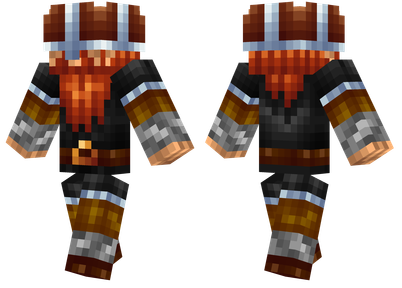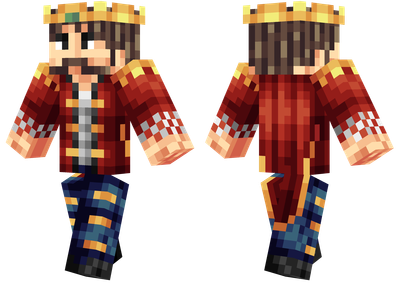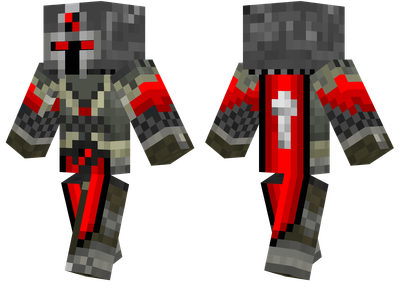This tutorial is set by the author's setting without permission.
Briefly explain
Xuanli 2 needs to automatically produce neutron fluids. Here, I introduce a very comfortable automation solution for me to use. It is fully automated without manual operation, and only one reactor can be needed.
Reaction route
Water- (electrolytic)-> hydrogen+hydrogen- (fusion)-> 氘+氘- (fusion)-> neutron fluid
Route explanation
There are too few crickets produced by direct electrolytic water, and MEK's electric pump has been BAN, and there is no way to produce heavy water with higher efficiency of ravioli. Therefore, the only reliable source source is the fusion reaction.
There are three methods of gathering crickets, which can be selected at will, but I personally prefer the process of [hydrogen+hydrogen = 氘], because water does not need money, and the response process is very fast. The only disadvantage is insufficient electricity production.However, the reaction production of [氘+反 反] is very high, so you do n’t have to worry about the average electricity production.
Realization
This tutorial only uses one fusion pile, but two reactions need to be performed, and fully automatic unmanned control must be achieved. It is necessary to monitor and control the fluid in the entire reaction system.
NUCLEAR CRAFT's fusion pile supports AE2's fluid storage bus detection, so we can use AE2's [fluid storage bus+fluid sender] to control.
Implementation method
After setting up a fusion heap, two fluid containers are placed on one side. The iron barrel of EXU is selected here. The capacity is 256B and the size is appropriate.
The left iron barrel is mounted, the right iron barrel is hydrogen;
The source of hydrogen is an electrolytic, and the source of the puppet is the reactor.
We put the two fluid storage bus on the core of the bucket and the polytable pile respectively, and then placed the fluid sender in this small network, while detecting the contents of the polytable pile and the barrel.
Note that when switching the working formula and the new fluid fills into the polymerization pile, if the two fuel grooves (32B*2 = 64B) are empty, one of them will be filled first until it is filled, and then the other will be filled.Therefore, in order to try not to waste as much as possible, when we set the 氘 content greater than or equal to 32B, disconnect the hydrogen input and open the 氘 input.
Why is it 32b instead of 64B? Because when the content of the 氘 reaches 32B, the [hydrogen+hydrogen = 氘] reaction is undergoing at this time. The polythe stack must contain two full grooves.Get 32B 上, plus the detection threshold (32B) we set, and 64B 氘 will be left in total.
In fact, for the stability of the system, a certain space needs to be left. Don't be too dead. In other words, we should improve the test benchmark line of the 氘. The 48B is set here.
However, this value also affects the average temperature of the system: [hydrogen+hydrogen = 氘] The reaction of the reaction is relatively fast. If the benchmark line is set high, the reaction time of [hydrogen+hydrogen = 氘] will be relatively long.When the switch is switched to the [++氘] reaction, the heap temperature is high, and the electricity production will be greatly reduced.
Finally, we set up the extraction duct for the hydrogen barrel to disconnect when signal, and the extraction catheter of the barrel is opened when there is a signal, as shown in the figure
(Hydrogen fuel input duct)
(氘 fuel input catheter)
In addition, it is important to focus on the opening of this "empty residual liquid" option in the reactor. Otherwise, when the reaction is switched, the excess hydrogen or 氘 cannot be ruled out, which will hinder the operation of the system.
Ultimate effect
In the end, the appearance is shown in the figure, the cooling device is recommended to add (it is recommended to use two full -load liquid cooler cooler)
The speed of neutron fluids is not bad, and the response speed is very fast. The detection and automation capabilities of AE2 are still very good.














